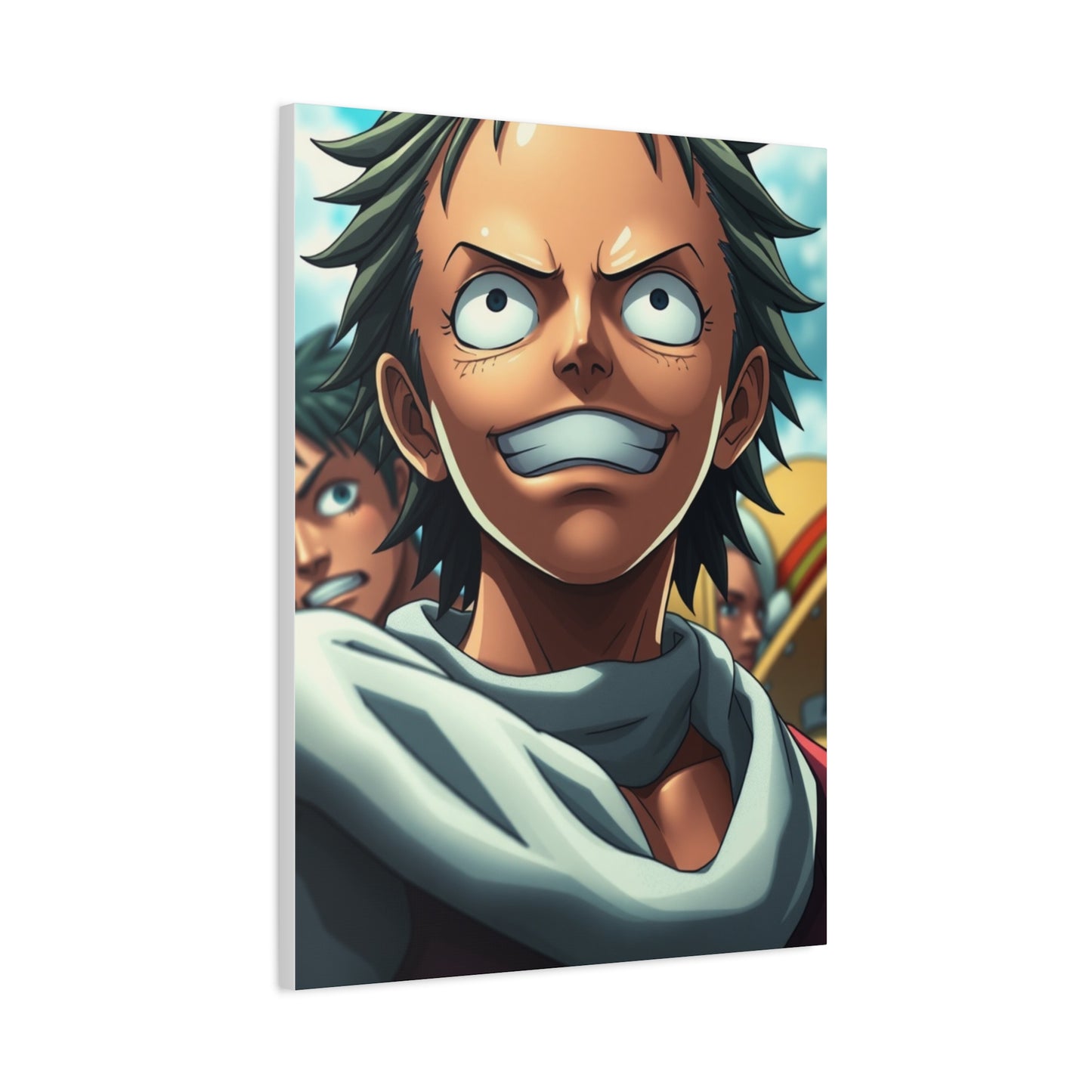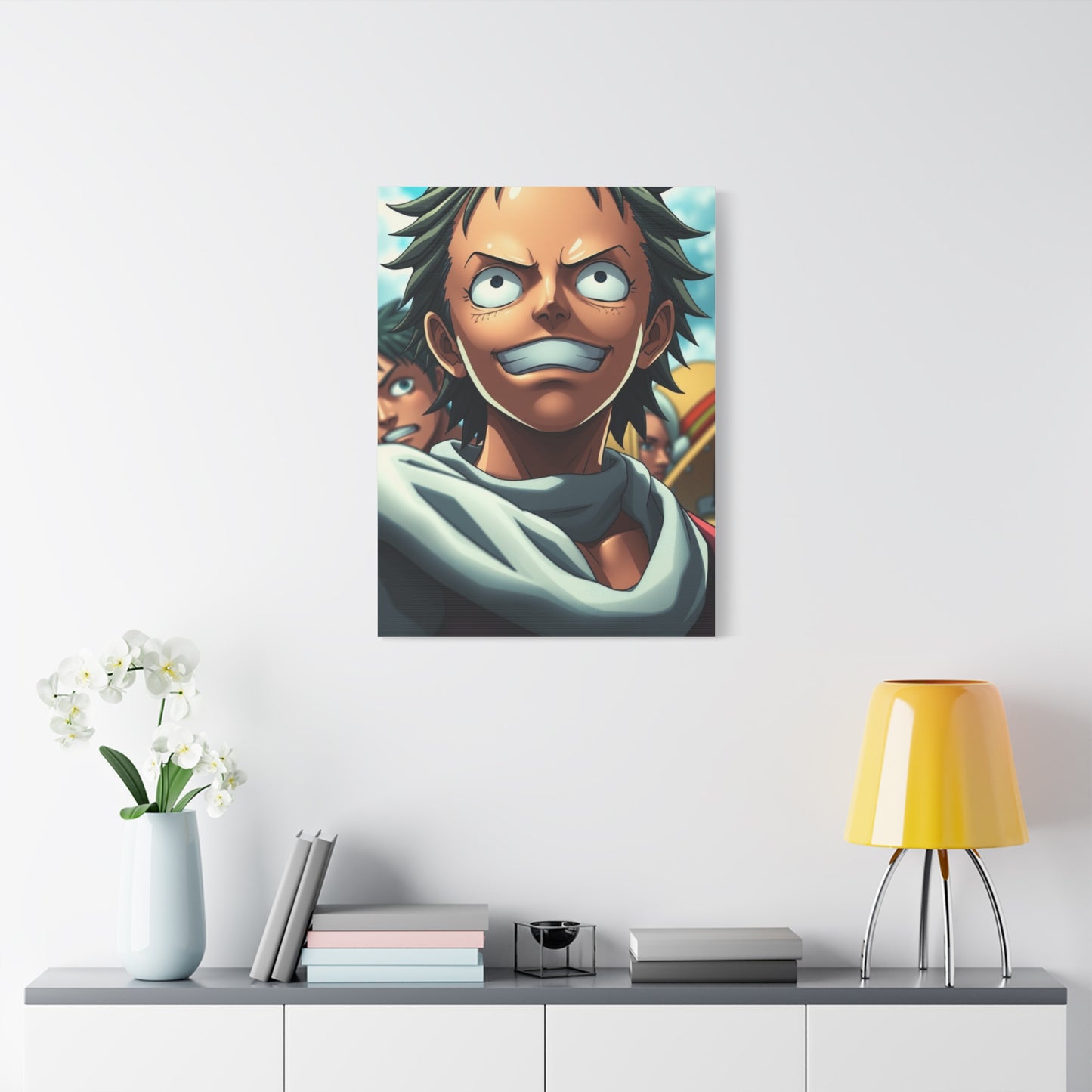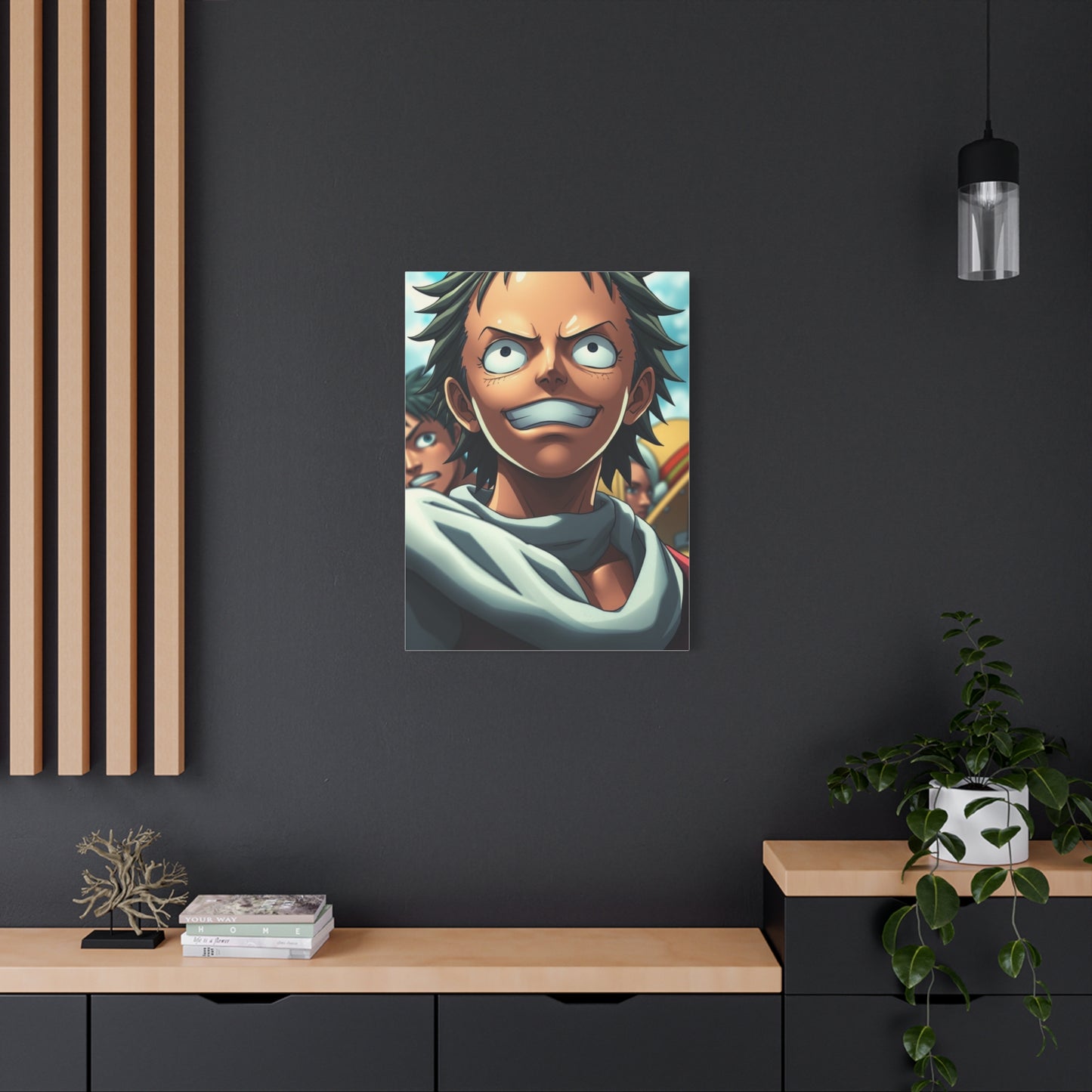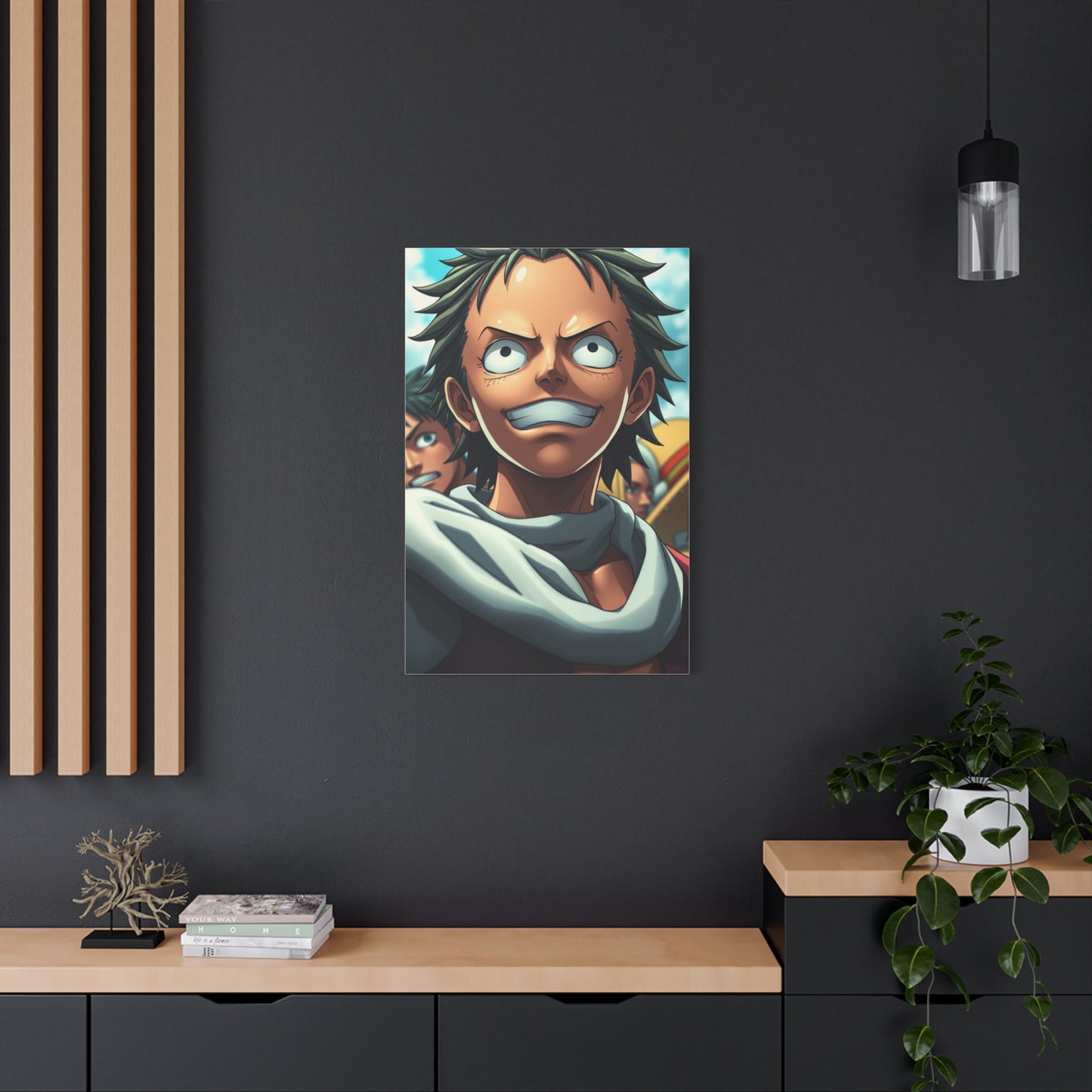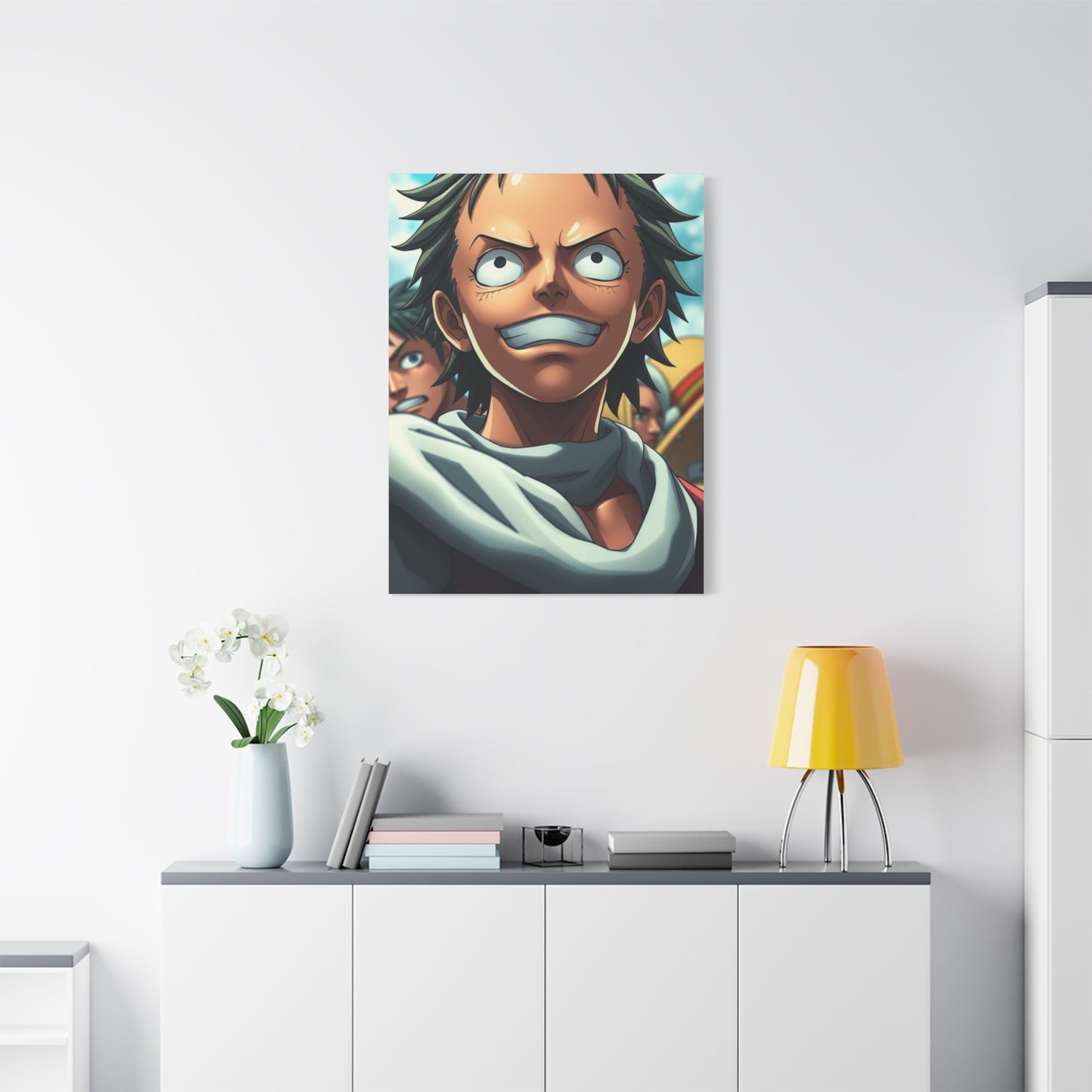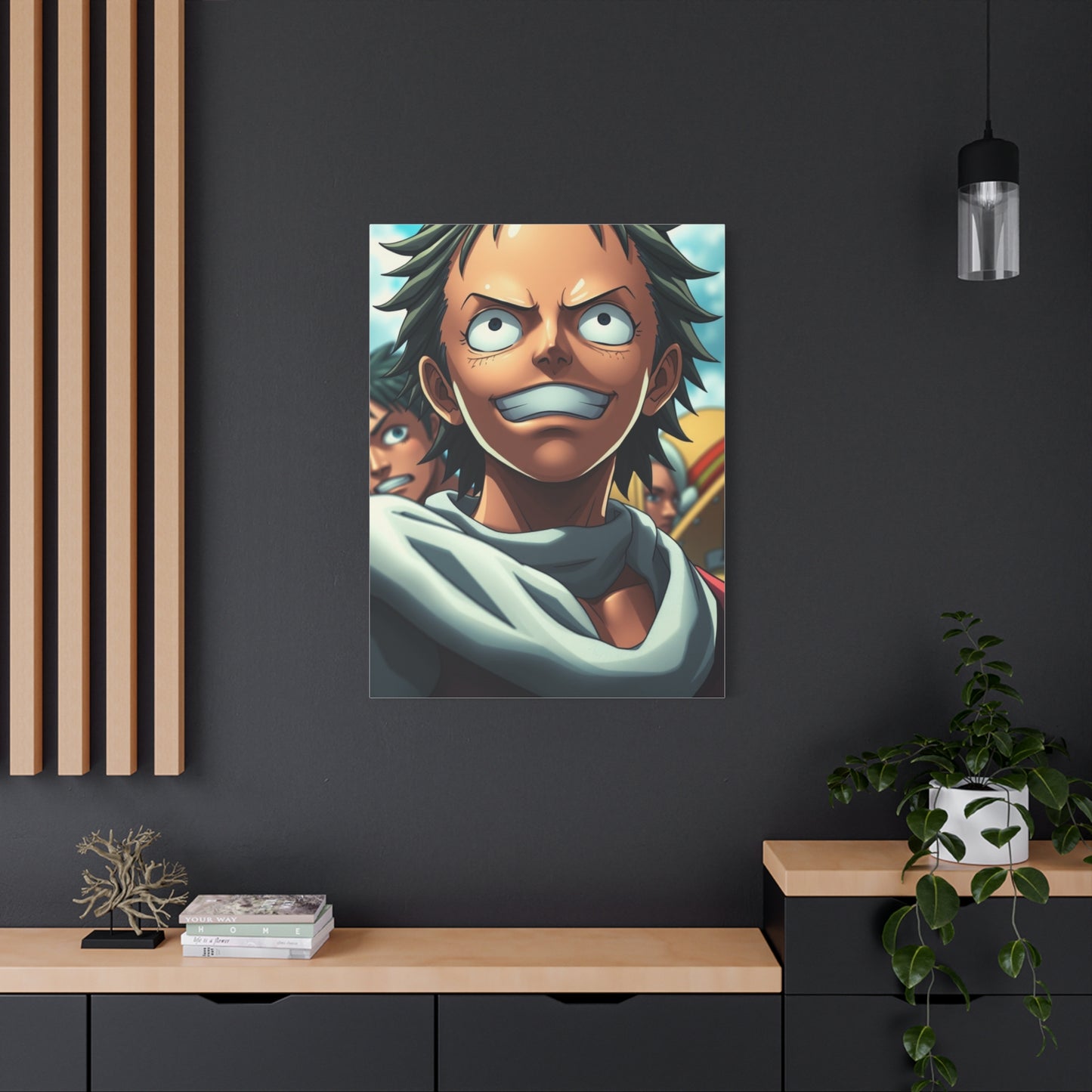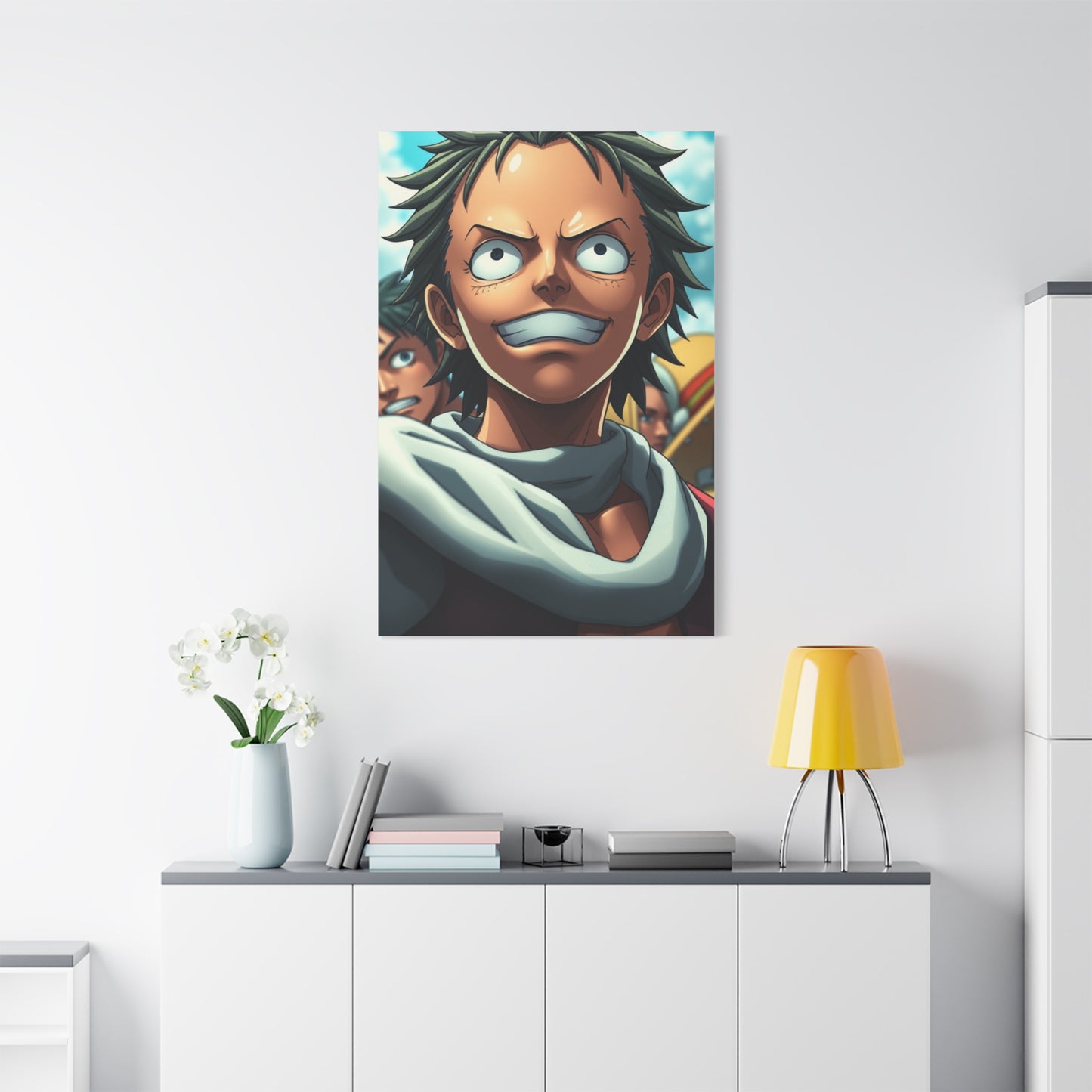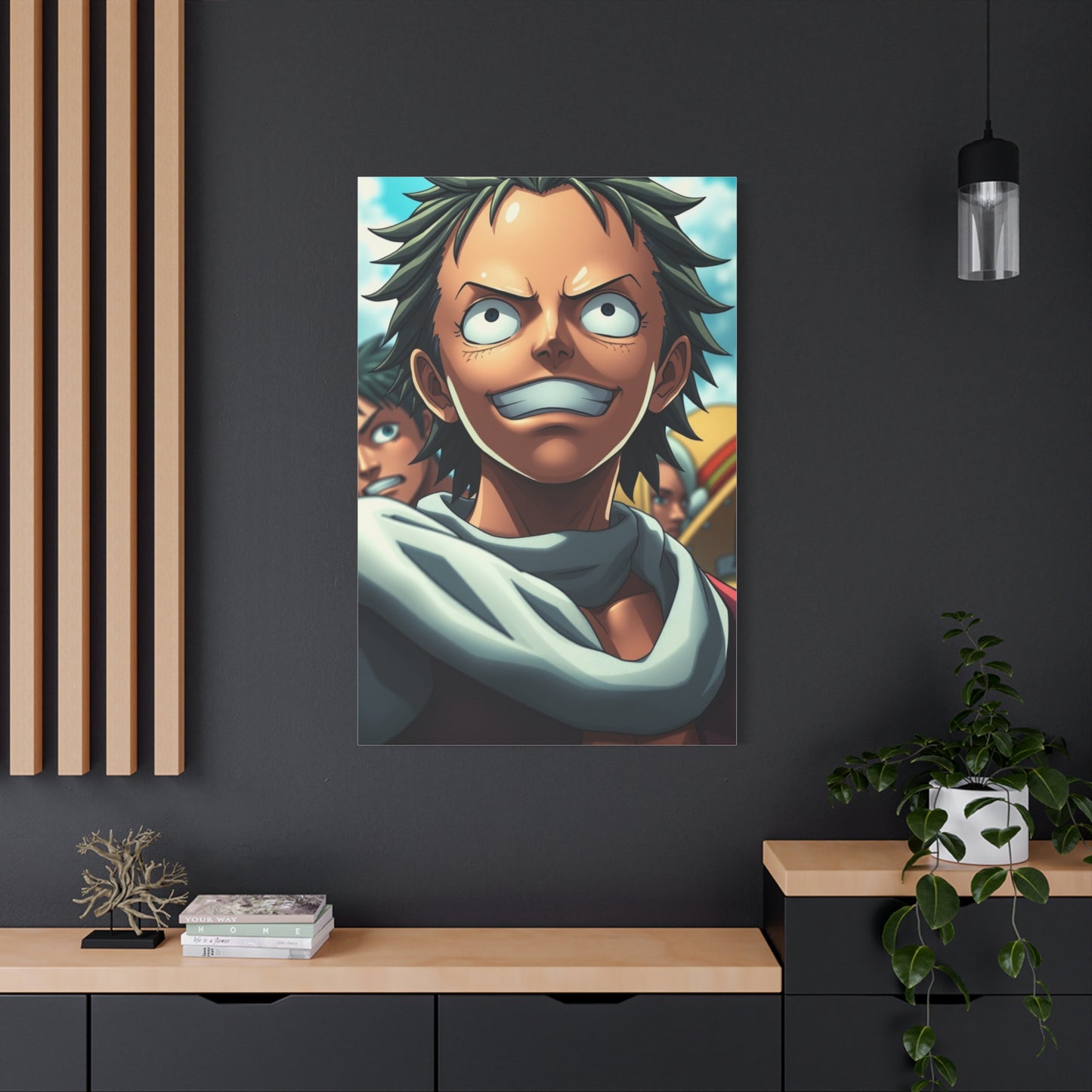Epic Odyssey Canvas Ensemble: The Ultimate Creative Journey Through Artistic Expression
The epic odyssey canvas ensemble represents a revolutionary approach to artistic creation that combines traditional techniques with contemporary innovation. This comprehensive methodology encompasses various artistic disciplines, bringing together diverse elements to create a cohesive and powerful visual narrative. Artists and creators worldwide have embraced this concept as a means to express complex ideas through layered compositions that tell stories spanning multiple dimensions of human experience.
The foundation of this artistic movement lies in its ability to merge classical storytelling with modern visual techniques. When approaching the epic odyssey canvas ensemble, practitioners must understand that each element contributes to a larger narrative structure. This holistic approach requires careful planning, thoughtful execution, and a deep understanding of how individual components interact to create meaningful connections. The ensemble nature of this work demands attention to detail while maintaining sight of the overarching vision that drives the entire composition forward.
Creating within this framework involves understanding the historical context of epic storytelling combined with the technical possibilities offered by contemporary canvas work. The ensemble aspect brings together multiple artistic voices, styles, and perspectives into a unified whole. This synthesis creates something greater than the sum of its parts, offering viewers a rich, multi-layered experience that rewards careful observation and contemplation. The journey through such works becomes an odyssey in itself, taking observers through carefully crafted visual landscapes that reveal new meanings with each viewing.
Historical Evolution and Development of Canvas Ensemble Techniques
The historical journey of the epic odyssey canvas ensemble traces back through centuries of artistic innovation and experimentation. Ancient civilizations created narrative artworks that told stories across multiple panels, establishing early precedents for ensemble work. These foundational approaches evolved through medieval tapestries, Renaissance frescoes, and baroque ceiling paintings, each contributing techniques and concepts that inform contemporary practice. Understanding this lineage provides essential context for modern practitioners seeking to create meaningful work within this tradition.
Throughout the Renaissance period, artists developed sophisticated methods for creating narrative continuity across large-scale works. These masters understood how to guide viewer attention through compositional choices, color relationships, and strategic placement of focal points. Their innovations in perspective, proportion, and spatial relationships created immersive environments that transported viewers into imagined worlds. These historical techniques form the backbone of contemporary epic odyssey canvas ensemble work, providing time-tested principles that remain relevant across changing artistic movements and technological advances.
The modern interpretation of ensemble canvas work emerged through various twentieth-century movements that challenged traditional boundaries between disciplines. Abstract expressionists explored emotional depth through gesture and color, while conceptual artists questioned the nature of artistic meaning itself. Pop artists borrowed from commercial culture, and installation artists expanded the physical boundaries of artwork into three-dimensional space. Each movement contributed insights that enriched the vocabulary available to contemporary creators working within the epic odyssey framework, expanding possibilities for expression and engagement.
Conceptual Framework Behind Epic Odyssey Storytelling
The conceptual underpinnings of epic odyssey canvas ensemble work rest on fundamental principles of narrative structure and visual communication. Every successful work within this tradition begins with a compelling story that demands to be told across multiple registers simultaneously. The epic quality emerges from the scope and ambition of the narrative, while the odyssey aspect references the journey undertaken by both creator and viewer. The ensemble nature acknowledges that complex stories require multiple voices, perspectives, and visual strategies working in harmony.
Central to this conceptual framework is the understanding that visual narratives operate differently from literary ones. Images communicate immediately and holistically, conveying information through color, composition, texture, and form before any intellectual interpretation occurs. This direct emotional impact forms the foundation upon which more complex meanings are built. Successful practitioners learn to orchestrate these various elements, creating compositions that work on multiple levels simultaneously, engaging viewers intellectually, emotionally, and spiritually.
The odyssey metaphor specifically evokes the heroic journey archetype found across cultures and throughout history. This universal narrative pattern resonates deeply with human psychology, tapping into fundamental patterns of growth, challenge, transformation, and return. By structuring visual work around these archetypal patterns, artists create pieces that feel familiar yet fresh, allowing viewers to project their own experiences onto the work while discovering new perspectives and possibilities. The ensemble approach multiplies these resonances, creating rich networks of meaning that invite extended contemplation and repeated viewing.
Material Selection and Canvas Preparation Fundamentals
Selecting appropriate materials forms the critical first step in creating epic odyssey canvas ensemble works. The canvas itself serves as the foundation for everything that follows, making quality and preparation essential considerations. Professional-grade canvas offers superior longevity, better surface characteristics, and more reliable behavior during the painting process. Understanding different canvas weights, weaves, and materials allows artists to match substrate to intent, choosing options that support their specific creative vision and technical approach.
Preparation processes significantly impact final results, influencing how materials behave and interact throughout the creation process. Proper sizing protects canvas fibers from degradation while creating an ideal surface for subsequent layers. Ground application establishes color temperature, absorbency, and texture that affect every mark made during painting. Some practitioners prefer traditional gesso formulations, while others explore contemporary alternatives offering different working properties. Each choice cascades through the entire creative process, making thoughtful preparation an investment that pays dividends throughout the work's creation.
Beyond basic canvas and ground, the epic odyssey ensemble approach often incorporates mixed media elements that expand expressive possibilities. Incorporating collage, found objects, textural additives, and alternative painting media creates visual richness and conceptual depth. These additional materials must be selected with care, considering compatibility, longevity, and contribution to overall narrative intent. Successful integration of diverse materials requires technical knowledge about adhesion, flexibility, and archival properties, ensuring that ambitious works remain stable and beautiful throughout their lifespan.
Color Theory Applications in Large Scale Ensemble Works
Color serves as one of the most powerful tools available to artists working within the epic odyssey canvas ensemble tradition. Understanding color theory at both fundamental and advanced levels enables practitioners to create works that resonate emotionally while conveying specific meanings and directing viewer attention. The psychological impact of color choices cannot be overstated, as different hues evoke distinct emotional responses that vary somewhat across cultures while maintaining universal core associations. Mastering these relationships allows artists to craft experiences that speak directly to viewer subconscious before conscious interpretation begins.
In ensemble works spanning multiple panels or large formats, color relationships become even more critical. Maintaining harmony across expansive compositions while creating necessary contrast and visual interest requires sophisticated understanding of complementary, analogous, and triadic color schemes. Temperature contrasts guide viewer perception of depth and atmosphere, while value relationships establish compositional structure and focal hierarchy. Saturation levels communicate energy, importance, and emotional intensity, with subtle gradations creating sophisticated visual effects that reward careful observation.
The practical application of color theory in epic odyssey work involves considering how colors interact under different lighting conditions and viewing distances. Large-scale works may be viewed from various positions, requiring color choices that maintain coherence across these different perspectives. Environmental factors including ambient light, adjacent wall colors, and surrounding artworks influence perception, necessitating consideration of context during color selection. Advanced practitioners develop intuitive understanding of these factors through experience, learning to anticipate how their choices will manifest in diverse viewing situations.
Compositional Strategies for Multi-Panel Narratives
Composing effective multi-panel narratives requires understanding how individual components relate while maintaining independence as distinct works. Each panel must succeed compositionally on its own merits while contributing to the larger ensemble narrative. This dual function demands careful planning regarding how visual elements flow across boundaries, how focal points distribute across the total composition, and how negative space functions both locally and globally. Successful practitioners develop sophisticated spatial awareness, learning to think simultaneously about individual panels and overall configuration.
The epic odyssey approach often employs sequential storytelling techniques borrowed from cinematic and literary traditions. Establishing shots set the scene, close-ups reveal important details, and wider views provide context and breathing room within the visual narrative. Varying these compositional approaches across panels creates rhythm and pacing that guide viewer experience through the work. Strategic placement of visual anchors, directional cues, and recurring motifs create cohesion while allowing each section to develop its own character and contribute unique information to the overall story.
Beyond purely spatial considerations, compositional strategy encompasses temporal dimensions inherent in narrative work. Visual sequences can suggest passage of time, transformation, or parallel events unfolding simultaneously in different locations. Some compositions employ literal chronological progression, while others create more complex temporal relationships through juxtaposition and visual rhyming. Understanding how viewers naturally scan and process visual information allows artists to craft experiences that unfold in intended sequences while remaining open to individual interpretation and discovery.
Technical Approaches to Creating Visual Continuity
Achieving visual continuity across epic odyssey canvas ensemble works presents unique technical challenges requiring systematic approaches and careful execution. Maintaining consistent color relationships across multiple panels demands rigorous attention to mixing procedures, application techniques, and environmental factors affecting paint behavior. Many practitioners prepare large quantities of key colors simultaneously, ensuring consistency throughout the painting process. Others develop detailed color notes and mixing formulas that enable recreation of specific hues across extended working periods.
Beyond color, continuity of mark-making and surface texture contributes significantly to ensemble cohesion. Developing signature approaches to brushwork, palette knife techniques, or other application methods creates visual threads that unify diverse compositional elements. Some artists intentionally vary their techniques across panels to denote different narrative registers or temporal sequences, using consistency and variation strategically to guide interpretation. Balancing unity and variety becomes a central concern, with successful works establishing clear relationships while avoiding monotony through thoughtful differentiation.
Practical considerations including working sequence, drying times, and environmental conditions impact continuity achievement. Some artists work across all panels simultaneously, moving between them while paint remains wet to ensure seamless color and edge relationships. Others complete panels sequentially, carefully matching previous work while building forward momentum. Climate control, consistent lighting, and systematic documentation help maintain standards across extended production periods. Professional practitioners develop working methods suited to their specific circumstances, creating reliable processes that yield consistent results despite inevitable challenges.
Narrative Structure and Story Development Methods
Developing compelling narratives for epic odyssey canvas ensemble works begins with understanding fundamental story structure and how it translates into visual form. Classic narrative arcs featuring exposition, rising action, climax, and resolution provide familiar frameworks that viewers instinctively recognize and follow. However, visual storytelling allows for more fluid, non-linear approaches that take advantage of the simultaneous nature of image perception. Artists can present multiple moments simultaneously, create visual metaphors that compress complex ideas, and employ symbolism that operates on subconscious levels.
The odyssey specifically references heroic journeys featuring departure, initiation, and return patterns found across mythological traditions worldwide. These archetypal structures tap into deep psychological patterns, resonating with viewers regardless of cultural background. Contemporary practitioners adapt these timeless patterns to explore modern concerns, creating works that feel both ancient and immediate. Successful narrative development requires identifying core themes, determining appropriate visual metaphors, and structuring compositions to communicate intended meanings while remaining open to viewer interpretation and personal connection.
Character development in visual narratives occurs through different mechanisms than literary storytelling, relying on visual cues, body language, setting, and symbolic associations rather than internal monologue or expository description. Creating memorable characters within canvas ensemble works demands attention to distinctive visual characteristics, consistent iconography, and clear motivation suggested through compositional choices and contextual relationships. Some artists employ recurring figures across panels, showing transformation and development, while others explore character through more abstract means, using color, form, and gesture to convey personality and emotional states.
Symbolic Language and Iconographic Systems
The epic odyssey canvas ensemble tradition draws heavily on symbolic language and iconographic systems that communicate complex ideas through visual shorthand. Understanding established symbolic traditions allows artists to leverage accumulated meaning while contributing fresh interpretations. Religious iconography, alchemical symbolism, tarot imagery, mythological references, and natural symbolism all provide rich vocabularies that contemporary practitioners incorporate and reinterpret. Balancing accessibility and depth requires careful calibration, ensuring works communicate clearly to diverse audiences while rewarding specialized knowledge.
Developing personal symbolic systems represents another approach, creating unique visual languages specific to individual bodies of work. This method requires consistency and repetition, establishing clear associations that viewers learn to read through exposure to multiple works. Personal symbolism offers freedom from conventional meanings while demanding additional effort to communicate effectively. Many artists combine established and personal symbols, creating layered meaning systems that operate on multiple registers simultaneously, engaging different viewers according to their knowledge and interpretive frameworks.
Implementation of symbolic elements must consider visual integration alongside conceptual significance. Symbols function first as visual forms contributing to overall composition before their conceptual meanings register consciously. Successful symbolic elements work aesthetically within the composition while carrying intended meanings, avoiding the trap of becoming mere illustrations of ideas. The most powerful symbolic applications achieve seamless integration where form, content, and meaning reinforce each other, creating unified expressions that resonate holistically rather than operating as intellectual puzzles requiring decoding.
Spatial Relationships and Environmental Integration
Understanding spatial relationships within and around epic odyssey canvas ensemble works enhances both creation and installation processes. Individual panel dimensions, spacing intervals, and overall configuration dramatically impact viewer experience and narrative flow. Some installations feature uniform panels in regular grids, creating ordered, rational environments suited to certain narrative approaches. Others employ varied sizes and irregular arrangements, producing dynamic, organic relationships that suggest movement, growth, or chaos depending on specific configurations and content.
The relationship between artwork and exhibition environment requires careful consideration, as architectural features, lighting conditions, and spatial characteristics significantly influence perception. Gallery walls provide neutral grounds that emphasize artwork itself, while alternative installations integrate works into more complex environments. Site-specific installations respond to architectural particularities, incorporating existing features into the overall composition. Some practitioners create immersive environments where viewers physically enter the narrative space, surrounding themselves with imagery and transforming passive observation into active participation.
Viewer movement and perspective shifts introduce temporal dimensions to spatial experience, particularly in large-scale ensemble works. Walking along expansive installations reveals compositions sequentially, similar to cinematic experiences where scenes unfold progressively. Changing viewing distances alter perception, with distant views emphasizing overall structure while close inspection reveals technical details and subtle relationships invisible from afar. Thoughtful artists anticipate these varying perspectives during creation, ensuring works succeed across multiple scales and viewing positions, offering different rewards depending on viewer engagement level and approach.
Technical Mastery of Paint Application Methods
Achieving technical mastery in paint application forms the foundation for realizing ambitious epic odyssey canvas ensemble visions. Different application methods produce distinct visual characteristics, emotional qualities, and conceptual associations. Brush techniques ranging from delicate glazing to aggressive impasto create diverse surface qualities and mark varieties. Palette knives offer alternative application possibilities, producing crisp edges, textured surfaces, and gestural marks impossible with brushes. Spray techniques, pouring methods, and unconventional tools expand the technical vocabulary further, providing endless possibilities for innovation and personal expression.
Understanding paint consistency and modification through medium additions enables precise control over working properties and final appearance. Thick, undiluted paint creates bold, sculptural surfaces that catch light dramatically and emphasize physicality. Thin glazes build luminous depth through transparent layers, allowing underlying colors to influence surface appearance. Various mediums alter drying times, flow characteristics, and finish qualities, enabling artists to tailor materials to specific needs and preferences. Mastering these technical variables requires extensive experimentation, developing intuitive understanding through hands-on experience that transcends intellectual knowledge.
The epic odyssey ensemble approach often demands sustained technical consistency across extended working periods and multiple panels. Developing reliable, repeatable techniques ensures coherence while allowing spontaneity within established parameters. Professional practitioners establish systematic working methods including consistent material preparation, standardized application procedures, and regular quality control checks. These disciplines provide structure supporting creative freedom, preventing technical problems from derailing ambitious projects while maintaining flexibility for intuitive responses and unexpected discoveries that emerge during the creative process.
Layering Techniques for Depth and Complexity
Creating visual depth and conceptual complexity through layering techniques represents a hallmark of sophisticated epic odyssey canvas ensemble work. Physical layering of paint builds three-dimensional surfaces that interact dynamically with light, creating visual interest and tactile appeal. Transparent layers allow underlying colors to influence surface appearance, producing optical mixing effects and luminous qualities impossible through direct application. Strategic layering of opaque and transparent passages creates spatial illusions, suggesting atmospheric perspective and guiding viewer perception of depth within pictorial space.
Conceptual layering operates on different registers, incorporating multiple meaning systems, narrative threads, and symbolic references within single compositions. Works may simultaneously reference historical events, mythological narratives, personal biography, and universal human experiences, with different viewers accessing different layers according to their knowledge and interpretive frameworks. This multiplicity enriches viewing experiences, rewards repeated engagement, and ensures works remain relevant across time as cultural contexts shift and new interpretations emerge.
Technical execution of layering strategies requires understanding how different materials interact and proper sequencing of working stages. Lean-to-fat principles ensure proper adhesion and prevent cracking in oil-based media, while acrylic works require consideration of absorbency and water content. Many practitioners work in stages, allowing adequate drying between layers while maintaining working momentum through rotating between panels or working on multiple projects simultaneously. Careful planning and disciplined execution prevent technical failures while supporting spontaneous responses to emerging possibilities as works develop through successive stages.
Texture Creation and Surface Manipulation
Texture creation expands expressive possibilities within epic odyssey canvas ensemble works, adding tactile dimensions that engage viewers beyond purely optical experience. Physical texture results from paint application methods, dimensional materials, and surface manipulation techniques that create actual relief on canvas surfaces. Visual texture simulates three-dimensional qualities through trompe-l'oeil effects, mark-making patterns, and value contrasts that suggest textural qualities without actual surface variation. Strategic deployment of both physical and visual texture creates rich, complex surfaces that reward close examination while contributing to overall compositional structure.
Various materials and techniques enable texture creation ranging from subtle to dramatic. Traditional impasto application builds thick paint surfaces emphasizing brushwork and physical presence. Modern acrylic mediums include sand, fiber, and other additives that produce diverse textural effects. Collage elements introduce contrasting surfaces and materials, creating visual and conceptual juxtapositions. Some practitioners incorporate found objects, fabric, metal leaf, or other materials, expanding beyond traditional painting boundaries into sculptural territory while maintaining connection to canvas ensemble traditions.
Balancing textured and smooth passages creates dynamic surfaces that direct attention and contribute to narrative development. Heavy texture naturally draws viewer focus, making it effective for emphasizing important narrative moments or symbolic elements. Smooth passages provide visual rest and establish baseline references against which textured areas gain prominence. Understanding these relationships allows intentional orchestration of surface qualities supporting compositional hierarchy and guiding viewer journey through complex multi-panel narratives characteristic of epic odyssey ensemble work.
Light and Shadow Manipulation Techniques
Mastering light and shadow manipulation enables artists to create convincing spatial illusions, establish mood, and direct viewer attention within epic odyssey canvas ensemble compositions. Understanding how light behaves in physical space informs artistic interpretation and creative manipulation for expressive purposes. Observed reality provides starting points, but artistic license allows enhancement, exaggeration, and complete invention to serve narrative and emotional intent. Successful light handling combines observational accuracy with imaginative interpretation, creating believable yet heightened realities that engage viewers.
Different lighting scenarios communicate distinct emotional qualities and symbolic meanings. Bright, even illumination suggests clarity, truth, and rational understanding, while dramatic chiaroscuro implies mystery, conflict, and emotional intensity. Backlighting creates silhouettes emphasizing form while obscuring detail, useful for symbolic or mysterious presentations. Dappled or filtered light suggests natural environments and organic complexity. Artificial light sources introduce human presence and technological themes. Understanding these associations allows deliberate selection of lighting approaches supporting overall narrative intentions and thematic concerns.
Technical execution of light effects requires systematic understanding of value relationships, color temperature shifts, and edge quality variations. Light areas generally appear warmer while shadows tend cooler, though reflected light and colored illumination create exceptions. Hard edges emphasize direct light and crisp forms, while soft edges suggest diffusion and atmospheric effects. Cast shadows follow predictable patterns based on light source position and object geometry, though artistic purposes sometimes justify departures from physical accuracy. Mastering these technical fundamentals provides foundations for expressive manipulations that serve artistic visions while maintaining visual credibility.
Perspective Systems and Spatial Illusion
Perspective systems provide structured approaches to creating convincing spatial illusions within two-dimensional picture planes, essential skills for epic odyssey canvas ensemble practitioners. Linear perspective, developed during the Renaissance, creates mathematical systems representing three-dimensional space through converging parallel lines meeting at vanishing points. One-point perspective suits interior scenes and frontal architectural views, while two-point perspective handles corner views and exterior spaces. Three-point perspective adds vertical convergence, effective for extreme viewing angles looking up or down.
Atmospheric perspective creates depth through color, value, and detail manipulation rather than geometric construction. Distant objects appear lighter, cooler, less saturated, and less detailed than foreground elements, simulating atmospheric effects on perception. This technique proves particularly effective in landscape scenarios and creates spatial depth in compositions where linear perspective may be absent or deliberately avoided. Combining linear and atmospheric approaches produces rich spatial complexity, with each system reinforcing the other to create convincing, immersive environments.
Contemporary practitioners often deliberately violate or combine perspective systems for expressive purposes, creating impossible spaces, multiple viewpoints, or flattened compositions that acknowledge picture plane while suggesting depth. These approaches can communicate psychological states, symbolic meanings, or conceptual concerns that transcend literal spatial representation. Understanding conventional perspective systems remains essential even when subverting them, as effective rule-breaking requires knowing what rules exist and how they function before deciding which to follow, which to bend, and which to completely abandon.
Figure Drawing and Character Development
Strong figure drawing skills prove invaluable for epic odyssey canvas ensemble works featuring human subjects, enabling convincing character representation and emotional communication. Understanding anatomical structure provides foundations for accurate depiction, though artistic purposes often justify stylization, distortion, or abstraction. Proportional relationships, underlying skeletal structure, muscle groups, and how bodies move through space all inform convincing figure rendering. Regular practice from observation builds visual libraries and muscle memory supporting both realistic and imaginative figure work.
Character development through visual means requires distinctive features, consistent representation, and clear personality communication through pose, gesture, and expression. Clothing choices, accessories, and contextual elements contribute to character definition and narrative understanding. Body language communicates emotional states and intentions, with subtle shifts in posture and gesture conveying complex internal experiences. Successful character visualization creates memorable individuals that viewers connect with emotionally, invest in narratively, and remember across multiple viewings or installments of ongoing ensemble work.
Integrating figures into epic odyssey compositions involves considering scale relationships, spatial positioning, and interaction with environmental elements. Figures may dominate compositions or serve as scale references within vast landscapes. Groupings and spatial relationships between figures suggest social dynamics and narrative relationships. Directional gestures and eye lines guide viewer attention and imply narrative developments beyond what's explicitly shown. Understanding these sophisticated applications allows figures to function as essential narrative and compositional elements rather than merely decorative additions to otherwise independent compositions.
Abstract Elements and Non-Representational Components
Incorporating abstract elements into epic odyssey canvas ensemble works expands expressive possibilities beyond literal representation, allowing direct emotional communication and symbolic expression unconstrained by objective reality. Abstract forms, colors, and compositions operate on sensory and emotional levels before intellectual interpretation begins, creating immediate impact that complements narrative and representational elements. Successful integration of abstract and representational components creates rich, multi-layered works operating simultaneously on multiple registers, engaging viewers with varying preferences and interpretive approaches.
Pure abstraction within ensemble contexts can represent emotional states, spiritual dimensions, or conceptual aspects of narratives that resist literal depiction. Color field passages create atmospheric environments, gestural marks convey energy and movement, geometric forms suggest structure and rationality. These abstract elements enhance representational content through contrast, complement, or commentary, adding complexity and preventing literal illustrations that close interpretive possibilities. Strategic placement of abstract passages creates visual rhythm and breathing room within dense, information-rich narrative compositions.
Balancing abstract and representational elements requires sensitivity to how each approach functions and clear intentions regarding their relationship. Some works feature smooth integration where abstract and representational elements merge seamlessly, while others maintain clear distinctions creating deliberate tensions and juxtapositions. Understanding viewer psychology and perception patterns helps artists anticipate how audiences will process mixed approaches, allowing intentional manipulation of these responses to serve artistic goals. The most successful integrations feel inevitable rather than arbitrary, with each element contributing essentially to overall composition and meaning.
Scale Considerations in Epic Ensemble Production
Scale decisions dramatically impact viewer experience, production logistics, and final impression of epic odyssey canvas ensemble works. Monumental scales create immersive, overwhelming experiences that dwarf viewers and emphasize subject significance. Intimate scales invite close inspection and personal connection, creating private viewing experiences. Medium scales balance accessibility with presence, working effectively in diverse installation contexts. Many ensemble projects incorporate varied scales within single installations, using size relationships to communicate hierarchies, create visual interest, and guide viewer movement through exhibition spaces.
Practical considerations constrain scale decisions, including production space limitations, transportation requirements, installation logistics, and budget parameters. Creating very large works demands adequate studio space, specialized equipment, and appropriate materials capable of spanning expansive surfaces without sagging or structural failure. Transportation and installation present significant challenges for oversized works, requiring professional handling, specialized vehicles, and installation planning. Budget impacts both production costs and potential markets, as larger works generally cost more to create and appeal to more limited collector bases.
Compositional strategies must adapt to chosen scales, as compositions effective at small sizes may fail when enlarged and vice versa. Large-scale works often employ simpler, bolder compositions readable from distance, while smaller works can incorporate intricate details rewarding close examination. Color relationships, value contrasts, and mark-making approaches all scale differently, requiring adjustments to maintain intended visual impact across size variations. Experienced practitioners develop intuitive understanding of these scale relationships through experimentation, learning to envision how compositions will translate across different dimensions before committing to final production.
Series Development and Extended Narratives
Developing series and extended narratives allows epic odyssey canvas ensemble practitioners to explore themes with greater depth and complexity than single works permit. Series development involves creating multiple related works that function independently while contributing to larger conversations, investigations, or narratives. This approach enables exploration of variations, development of themes across multiple expressions, and sustained engagement with subjects over extended periods. Collectors and institutions often appreciate series as they enable deeper investigation and provide multiple entry points into artistic practice.
Extended narratives specifically involve ongoing stories developing across multiple works or installations, similar to literary series or film franchises. This approach allows character development, world-building, and narrative complexity impossible within single works. Viewers who follow series across time develop deeper connections with recurring elements, anticipate developments, and engage more actively with unfolding narratives. Creating successful extended narratives requires careful planning regarding overall arc, individual installment structure, and balance between continuation and accessibility for new viewers encountering series mid-stream.
Practical considerations for series development include maintaining consistency while avoiding repetition, sustaining creative engagement over extended periods, and managing production logistics for multiple related works. Establishing clear conceptual frameworks and visual languages early in series development provides structure supporting later variations. Documenting decisions, maintaining consistent materials and techniques, and creating systematic working methods help ensure coherence across works produced over months or years. Flexibility within established parameters allows organic development as series evolve, preventing rigid adherence to initial concepts from stifling creative growth.
Collaboration Methods in Ensemble Projects
Collaboration expands possibilities within epic odyssey canvas ensemble creation, bringing together diverse skills, perspectives, and energies that enrich final results beyond what individual practitioners might achieve alone. Successful collaboration requires clear communication, defined roles, mutual respect, and shared commitment to project vision. Various collaboration models suit different situations, from equal partnerships where all participants contribute across all aspects to more hierarchical arrangements where primary artists work with specialized assistants handling specific technical tasks.
Historical precedents for artistic collaboration include Renaissance workshop practices where masters designed compositions while assistants executed portions under supervision, muralist collectives creating politically engaged public art, and contemporary artist studios employing assistants to realize ambitious projects. Each model offers advantages and challenges, with appropriate approaches depending on project scale, timeline, budget, and participant preferences. Some collaborations form temporary alliances for specific projects, while others develop into ongoing partnerships producing multiple works over extended periods.
Managing collaborative processes involves practical considerations including workspace coordination, material sharing, decision-making protocols, and credit attribution. Clear agreements established before work begins prevent conflicts when projects succeed or unexpected challenges arise. Regular communication maintains alignment regarding vision, progress, and necessary adjustments as work develops. Respecting individual contributions while maintaining coherent overall results requires diplomatic skills alongside artistic abilities. The most successful collaborations leverage participant strengths while minimizing weaknesses, creating synergistic results exceeding what individuals could produce independently.
Documentation and Process Recording Practices
Documenting creative processes provides valuable records for artists, fascinating content for audiences, and important information for conservators and historians. Photographic documentation captures work-in-progress states, revealing developmental sequences and technical approaches. Video recording shows actual working methods, brush handling, and decision-making processes in action. Written notes record conceptual development, technical specifications, and problem-solving strategies. Comprehensive documentation serves multiple purposes including portfolio development, social media content, educational materials, and archival records preserving information about important works.
Different documentation approaches suit various needs and preferences. Some artists photograph works at regular intervals throughout production, creating sequences showing gradual emergence of final images from initial marks. Others focus on specific technical processes, demonstrating particular skills or innovative approaches. Video documentation ranges from continuous real-time recording to edited compilations highlighting key moments. Written documentation might include detailed journals, social media posts sharing insights and reflections, or formal artist statements contextualizing finished works within broader practice and concerns.
Balancing documentation with creative flow presents challenges, as stopping to photograph or record can interrupt working momentum and spontaneous responses to emerging possibilities. Some practitioners integrate documentation naturally into working rhythms, using photography breaks as moments to step back and assess progress. Others designate specific documentation sessions separate from primary creative work. Digital tools including smartphone cameras and automated time-lapse systems make documentation easier than ever, though managing and organizing resulting materials requires discipline and systematic approaches preventing overwhelming accumulation of unorganized content.
Exhibition Planning and Installation Strategies
Planning exhibitions of epic odyssey canvas ensemble works involves numerous considerations beyond artwork creation itself, including venue selection, spatial planning, lighting design, and viewer experience orchestration. Venue characteristics dramatically impact presentation possibilities, with factors including ceiling height, wall dimensions, flooring, lighting systems, and architectural features all influencing installation options. Some venues offer neutral environments emphasizing artwork, while others feature distinctive characteristics that artists might incorporate into presentations or work against through strategic installation choices.
Spatial planning determines artwork placement, viewing distances, traffic flow, and relationships between individual pieces within ensemble presentations. Creating effective viewing sequences guides visitors through intended narrative progressions while allowing flexibility for individual exploration. Sight lines, focal points, and negative space utilization all contribute to successful exhibition design. Scale relationships between works, spacing intervals, and grouping strategies communicate hierarchies and connections. Many artists create detailed installation plans including scaled floor plans and elevation drawings ensuring smooth installation execution and alignment with curatorial vision.
Lighting design significantly impacts artwork perception, with proper illumination revealing colors accurately, emphasizing textures, and creating appropriate viewing atmospheres. Track lighting offers flexibility for highlighting specific works and adjusting as needed. Natural light provides beautiful illumination but changes throughout day and seasons, requiring consideration of these variations. Some installations incorporate dramatic lighting as artistic element itself, using shadows, colored light, or changing illumination as components of overall experience. Working with professional lighting designers ensures technical execution matches artistic intentions while protecting works from damage through excessive light exposure.
Marketing and Audience Development Approaches
Marketing epic odyssey canvas ensemble works requires understanding target audiences, developing compelling narratives around work, and utilizing appropriate channels to reach potential collectors, institutions, and general audiences. Artist statements, exhibition descriptions, and promotional materials communicate artistic intentions, contextual information, and significance claims that help audiences appreciate and value work. High-quality photography and videography provide essential content for websites, social media, press releases, and other promotional uses. Building compelling online presence through professional websites and active social media engagement expands reach beyond local communities to national and international audiences.
Different audience segments require tailored approaches. Private collectors seek different information than institutional curators, casual gallery visitors have different needs than serious art critics, and social media audiences consume content differently than newsletter subscribers. Understanding these distinctions allows strategic content development and channel selection maximizing impact and efficiency. Email marketing maintains direct communication with interested audiences, social media builds broader awareness and engagement, press outreach generates editorial coverage expanding credibility and reach, and personal networking builds relationships supporting long-term career development.
Pricing strategies balance various factors including production costs, market comparables, collector budgets, and career positioning goals. Emerging artists generally price lower to build markets while established artists command higher prices reflecting reputation and demand. Large-scale ensemble works present particular challenges given significant production investments and limited collector pools able to accommodate monumental pieces. Some artists offer payment plans, smaller related works, or high-quality reproductions providing entry points at various price levels. Gallery relationships, direct studio sales, online platforms, and institutional purchases represent different sales channels, each with distinct advantages, limitations, and appropriate strategies.
Conservation and Preservation Considerations
Creating epic odyssey canvas ensemble works with appropriate materials and techniques ensures longevity, protecting artistic and financial investments over time. Understanding archival principles guides material selection favoring stable, compatible components that resist degradation. Professional-grade pigments offer superior lightfastness compared to student-grade alternatives, maintaining color integrity over decades. Archival grounds and supports prevent deterioration from acidity and chemical reactions. Proper surface protection through appropriate varnishes or glazing preserves surfaces from environmental damage while allowing necessary moisture exchange preventing trapped solvents from causing problems.
Environmental factors significantly impact artwork longevity, with temperature fluctuations, humidity variations, light exposure, and pollutant presence all potentially causing damage. Stable environments with moderate temperatures, controlled humidity, and filtered light provide ideal conditions. Protection from direct sunlight prevents fading and degradation, while climate control prevents expansion and contraction cycles stressing paint layers and supports. Proper framing and mounting prevent physical damage while allowing artworks to respond naturally to environmental variations without destructive stresses building in rigid systems.
Documentation supports conservation efforts by recording original appearance, materials used, and artist intentions regarding preservation. Condition reports note existing issues and changes over time, guiding conservation decisions. When conservation becomes necessary, qualified professionals assess problems, develop treatment plans, and execute interventions using appropriate materials and techniques that respect original artist intent while stabilizing and preserving works. Many conservation treatments are reversible, allowing future practitioners to undo interventions if necessary as techniques and understanding evolve.
Digital Integration and Technological Enhancement
Contemporary epic odyssey canvas ensemble practices increasingly incorporate digital technologies alongside traditional techniques, expanding possibilities while maintaining connection to physical craftsmanship. Digital tools support various production stages including preliminary sketching, color planning, compositional studies, and pattern generation. Projection systems enable accurate transfer of complex designs to large surfaces, maintaining consistency across multiple panels. Digital documentation creates high-resolution archives preserving accurate color information and fine details. Some artists incorporate digital printing, creating hybrid works combining traditional painting with printed elements.
Augmented reality applications add interactive layers to physical artworks, allowing viewers to access additional content through smartphone or tablet interfaces. These digital augmentations might include animations, audio narratives, supplementary images, or interactive elements that respond to viewer actions. Such technologies expand narrative possibilities and viewer engagement while raising questions about artwork definition and boundaries between physical and digital components. Integration must feel purposeful rather than gimmicky, with technology genuinely enhancing rather than distracting from core artistic statements.
Digital presentation through websites, social media, and virtual galleries expands audience reach beyond physical exhibition limitations, though screen viewing fundamentally differs from experiencing actual works. Photographs flatten three-dimensional surfaces, alter colors, and eliminate scale references. Virtual exhibitions enable global access but sacrifice physical presence and environmental context. Understanding these limitations and possibilities allows strategic use of digital tools supporting rather than replacing physical artwork creation and exhibition. Most successful contemporary practices integrate traditional and digital approaches thoughtfully, leveraging strengths of each while acknowledging inherent limitations.
Philosophical Foundations and Conceptual Depth
The epic odyssey canvas ensemble tradition rests on philosophical foundations exploring fundamental questions about human existence, meaning-making, and artistic expression. Works within this tradition often engage themes of heroic struggle, transformative journeys, and quests for understanding that resonate across cultures and throughout history. These universal concerns provide rich territory for artistic exploration, allowing creators to address timeless questions while speaking to contemporary circumstances. Philosophical depth distinguishes significant artistic statements from mere technical demonstrations, investing works with meanings that transcend aesthetic appeal.
Various philosophical traditions inform contemporary practice, from existentialist concerns with individual meaning creation and authentic existence to phenomenological investigations of perception and consciousness. Eastern philosophies contribute concepts of balance, interconnection, and cyclical time that offer alternatives to Western linear narratives. Indigenous worldviews emphasizing environmental interconnection and non-anthropocentric perspectives expand conceptual possibilities. Drawing on diverse philosophical traditions enriches artistic.
Conclusion:
The Epic Odyssey Canvas Ensemble represents far more than a collection of artworks—it is a living narrative of imagination, emotion, and self-discovery expressed through the visual language of creativity. Each canvas contributes to an evolving dialogue between artist and observer, exploring the boundless terrain of the human spirit. Together, these works transcend the boundaries of traditional art forms, creating an immersive experience that captures both the grandeur of imagination and the intimacy of emotion. The ensemble becomes a metaphorical journey—an odyssey—where the viewer travels through color, form, and symbolism to arrive at a deeper understanding of artistic purpose and personal meaning.
At its heart, the Epic Odyssey Canvas Ensemble celebrates the transformative power of artistic expression. Every brushstroke serves as a testament to the human urge to create, to transform inner thought into visible form, and to communicate without words. In this sense, the ensemble acts as both mirror and map: it reflects emotion while guiding the observer toward introspection. The diversity of styles—ranging from abstract compositions to symbolic narratives—embodies the multifaceted nature of creativity itself. Each canvas becomes a fragment of a larger story, unified not by sameness but by shared emotional resonance.
From an aesthetic perspective, the Epic Odyssey Ensemble exemplifies harmony through contrast. Vibrant hues coexist with muted tones, fluid movements counterbalance structured geometry, and shadow enhances the luminosity of light. This balance of opposites creates visual rhythm, encouraging the viewer to engage dynamically with each piece. The interplay of color and form mimics the ebb and flow of human experience—joy and sorrow, chaos and calm, creation and contemplation. By uniting these emotional polarities, the artwork establishes a cohesive identity that feels both universal and deeply personal.
In contemporary interiors, the Epic Odyssey Canvas Ensemble serves as a powerful design statement that merges artistic depth with modern sensibility. Large-scale compositions command attention in open spaces such as living rooms, galleries, or studios, acting as focal points that transform atmosphere and perception. In minimalist or modern environments, their intricate detailing and vibrant palette introduce movement and vitality, creating contrast against sleek architectural lines. Conversely, in eclectic or bohemian spaces, the ensemble’s layered symbolism and texture integrate seamlessly, enhancing the narrative richness of the décor. Wherever placed, these canvases encourage dialogue and curiosity—turning walls into platforms of creative storytelling.
The presentation of such an ensemble demands thoughtful curation. The arrangement of canvases—whether linear, clustered, or asymmetrical—affects not only visual balance but also emotional progression. Each piece contributes to a larger rhythm, much like chapters within a book or movements in a symphony. Framing choices can further influence tone: minimalist floating frames emphasize modernity, while handcrafted wooden frames evoke timeless artistry. Lighting, too, plays a vital role. Directional lighting enhances texture and color gradation, while softer illumination nurtures intimacy and reflection. Under the right conditions, the ensemble seems alive—its colors shifting, its forms breathing, its spirit evolving throughout the day.
Beyond design, the Epic Odyssey Canvas Ensemble speaks to something profoundly human: the desire to find meaning through creation. Art, in this context, becomes both journey and destination. It reminds us that creativity is not a luxury but a necessity—a way of understanding the self and the world. For artists, each canvas is a milestone on a lifelong voyage of discovery. For viewers, each encounter with art is an invitation to interpret, feel, and reflect. The ensemble thus becomes a shared experience of imagination, bridging the personal and the collective.
Emotionally, these works encourage reflection, vulnerability, and inspiration. They remind us that creativity is cyclical—it evolves with our moods, experiences, and perspectives. The “odyssey” they portray is not linear but ongoing, much like the creative process itself. Each viewing reveals new details and emotions, echoing the idea that art is never static but constantly reborn through perception. This quality makes the Epic Odyssey Ensemble not merely decorative but transformative—capable of changing the energy of a room and the mindset of those who inhabit it.





















